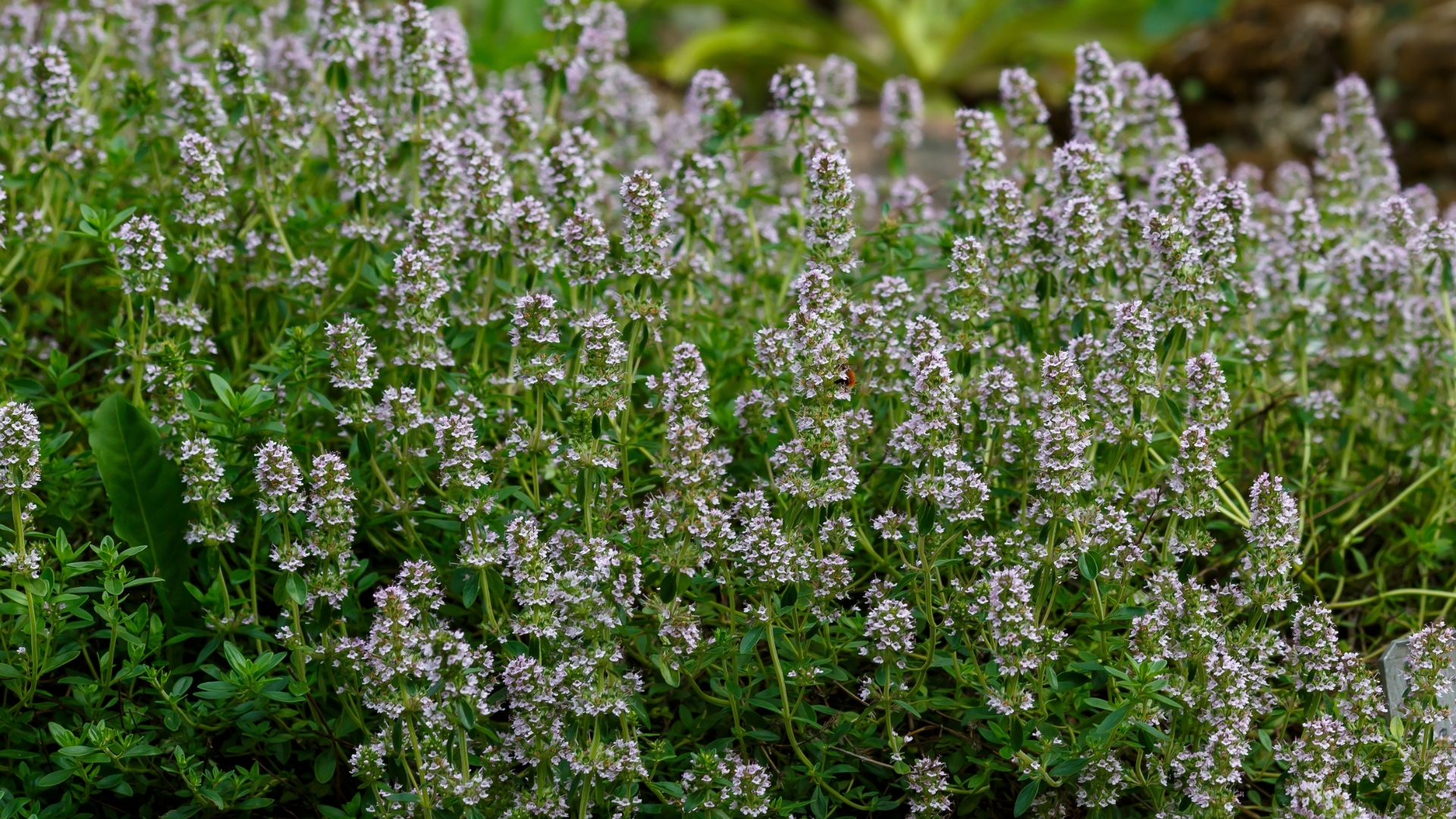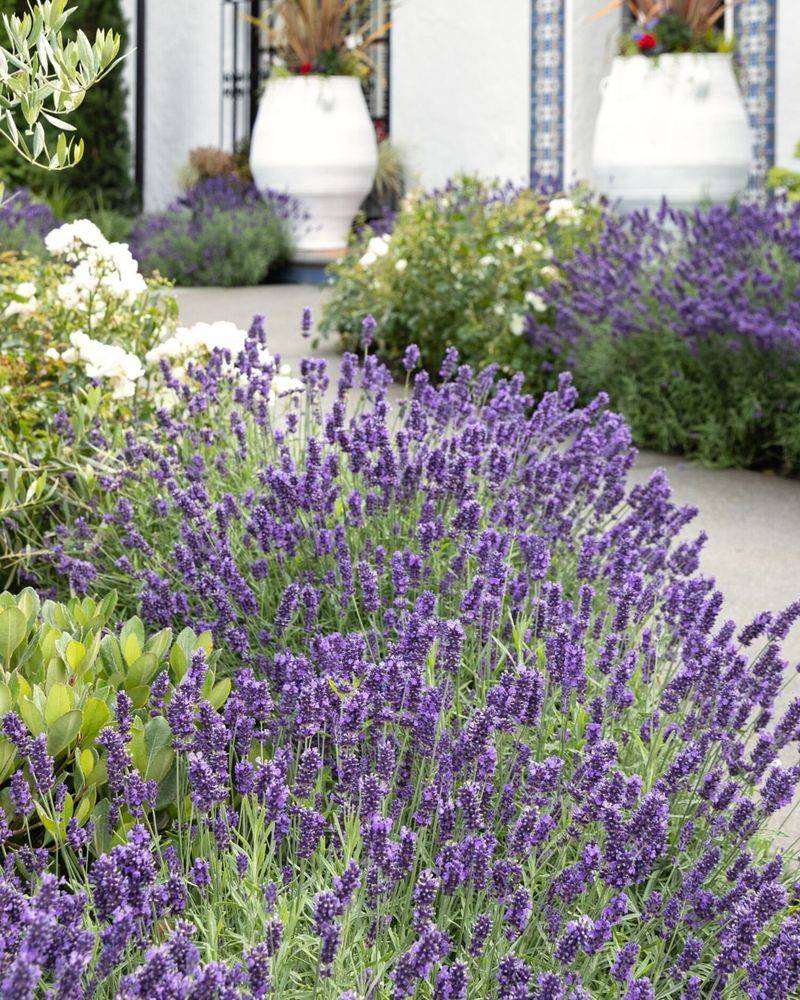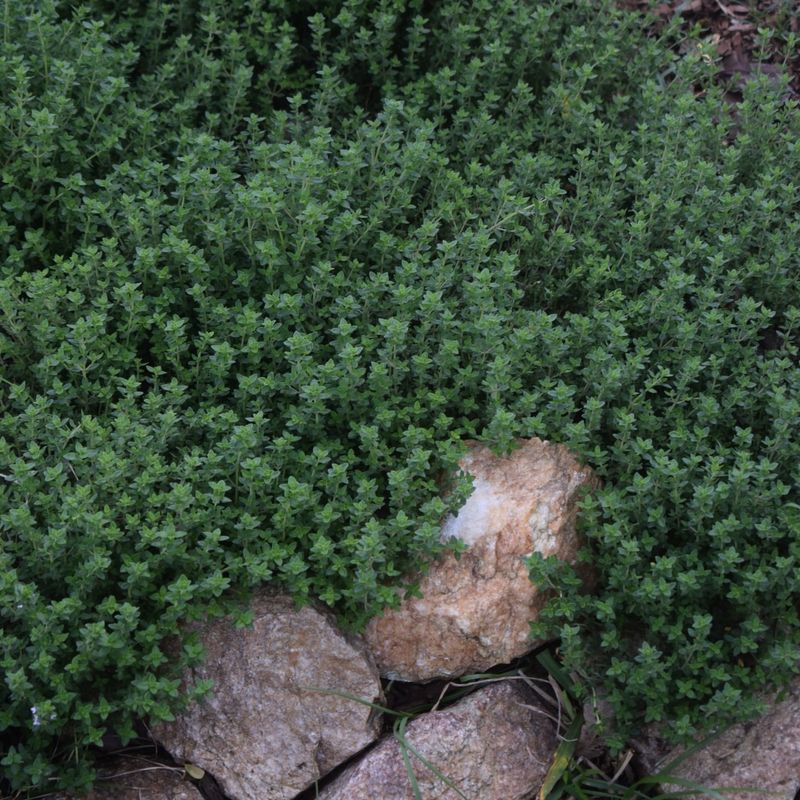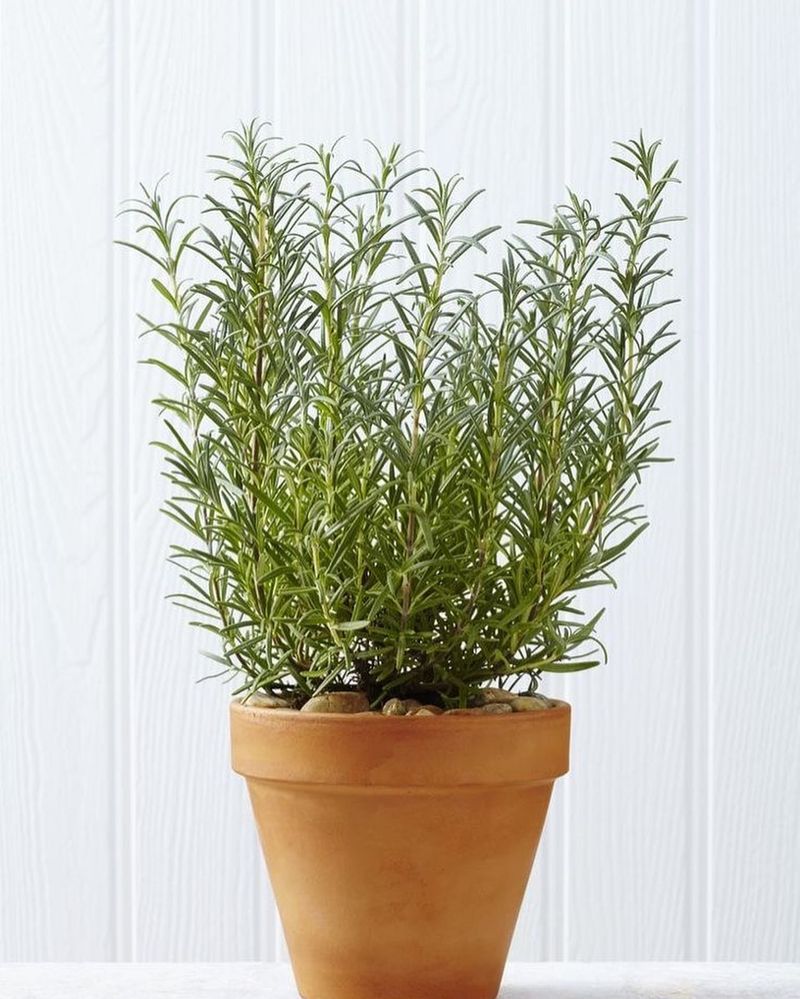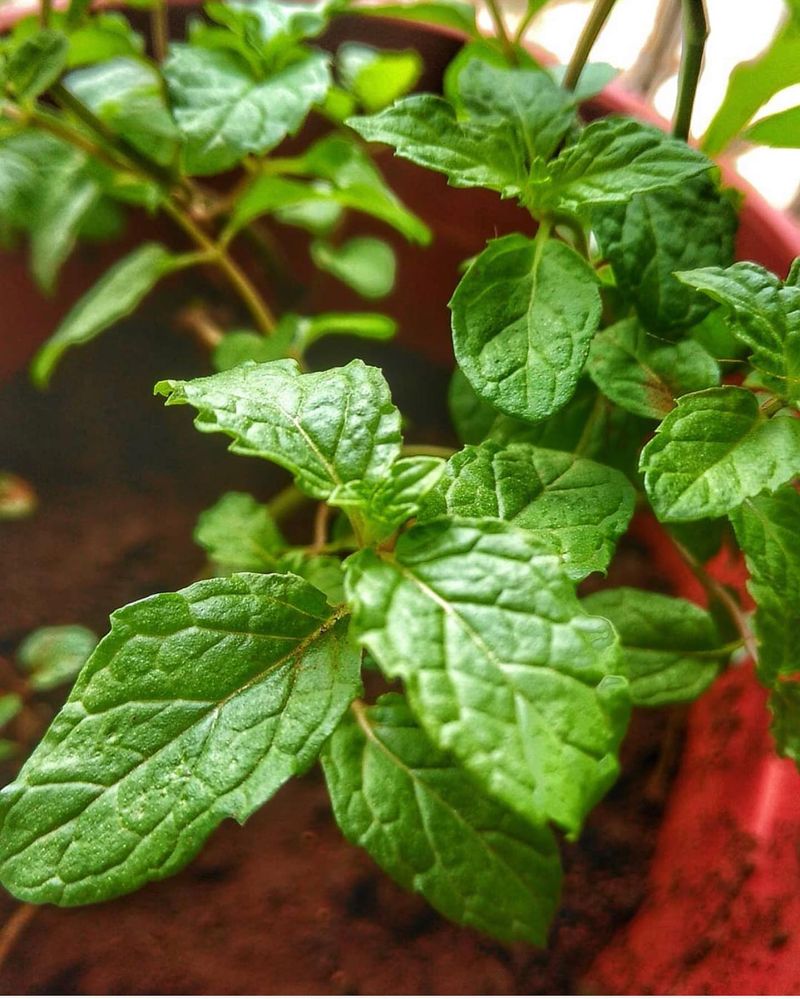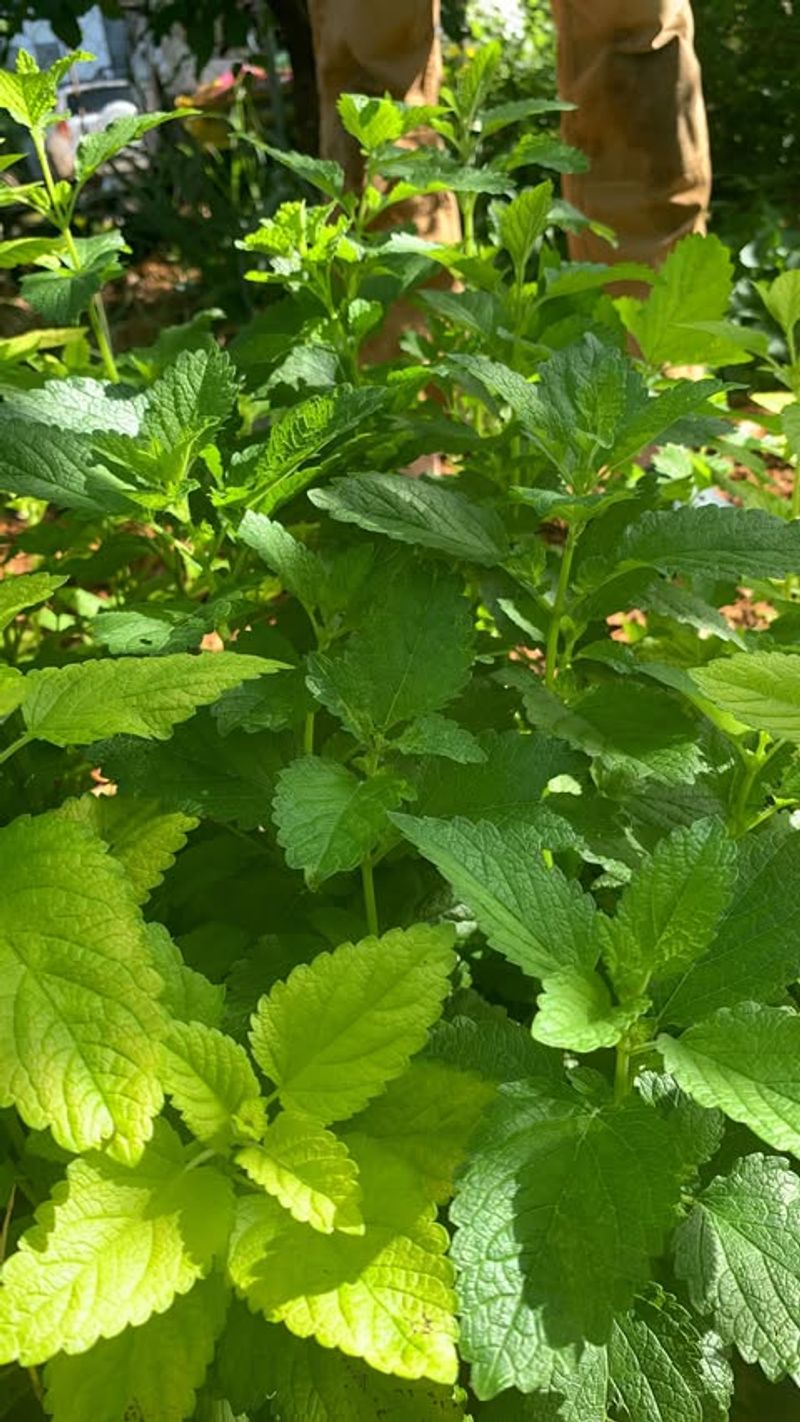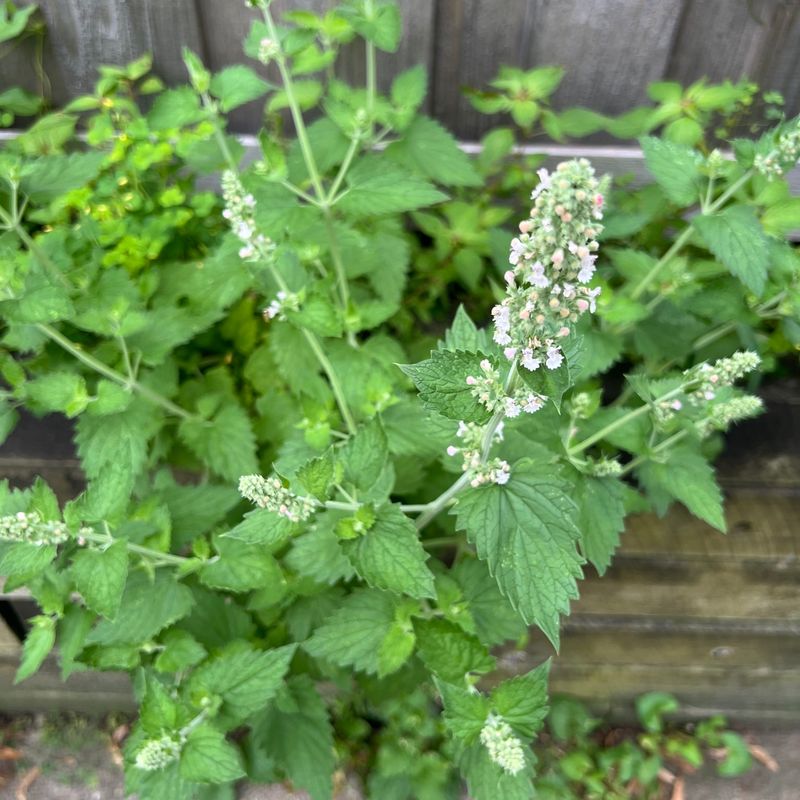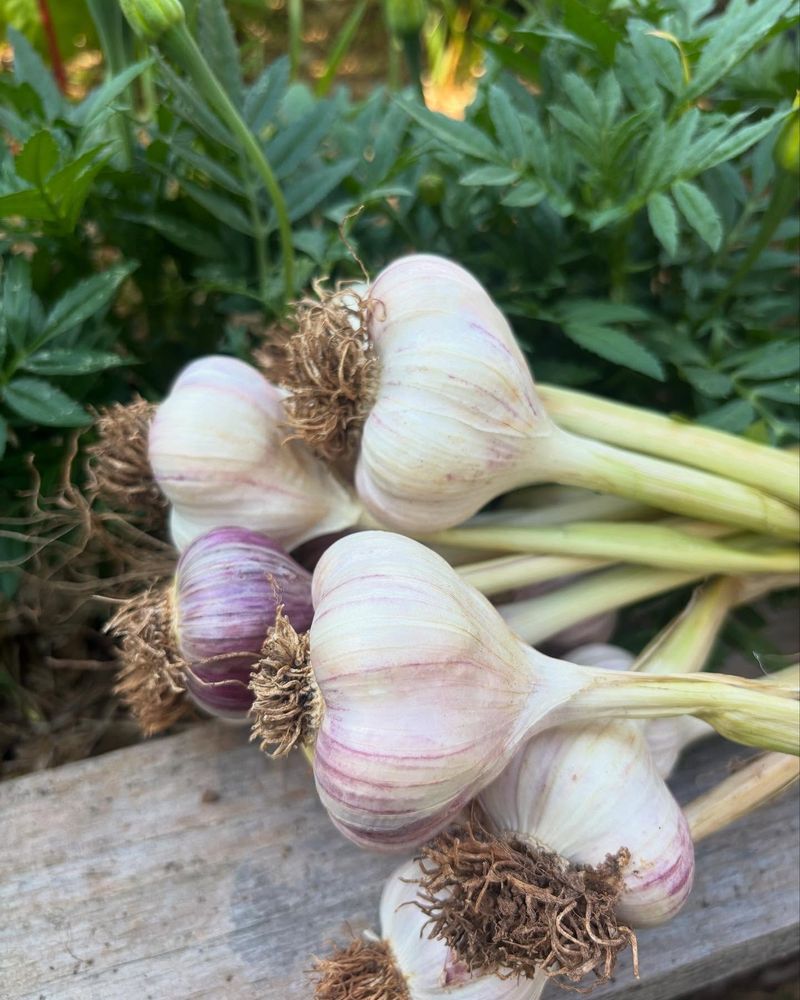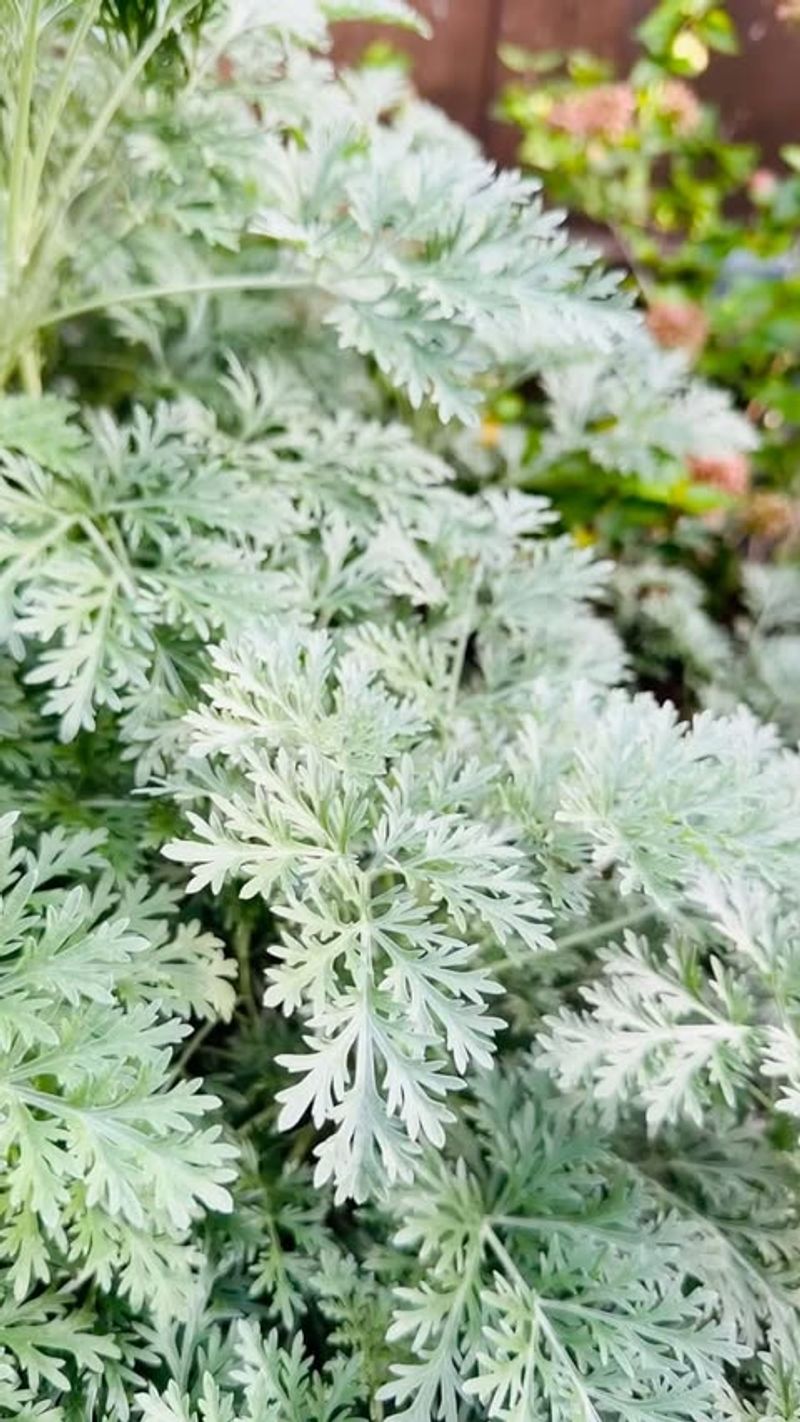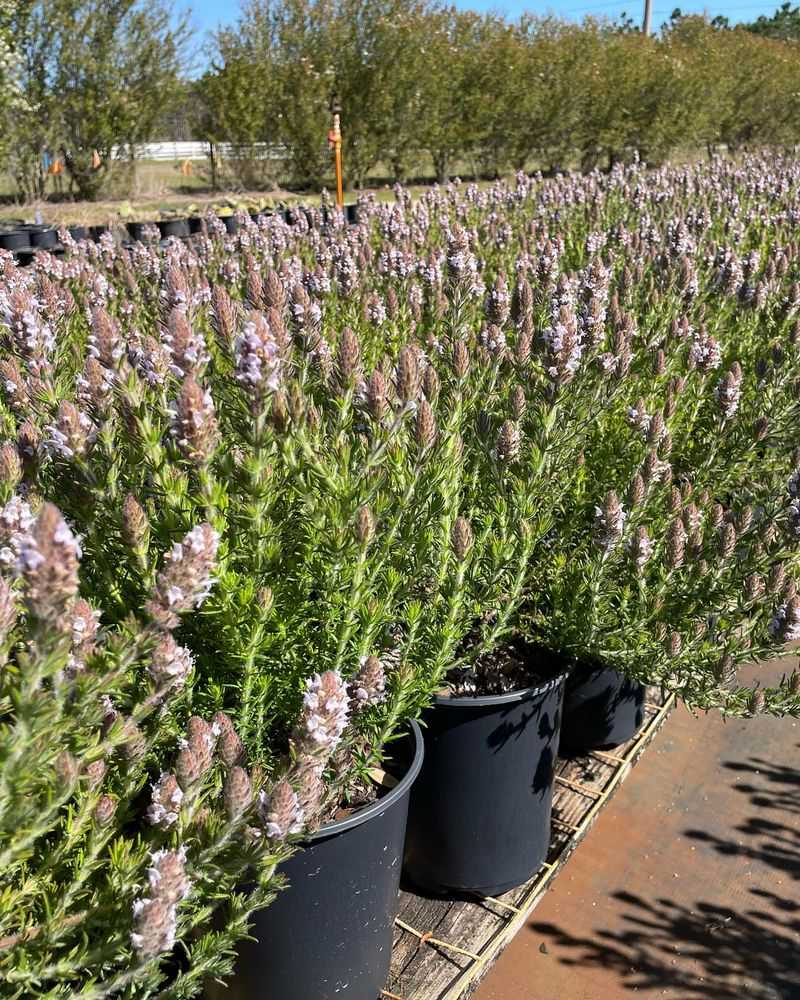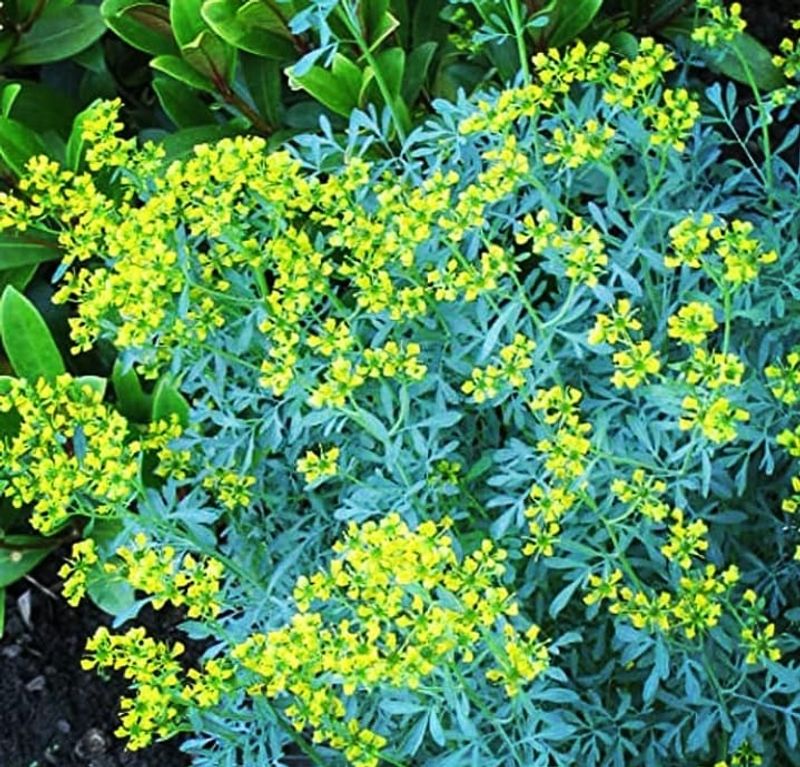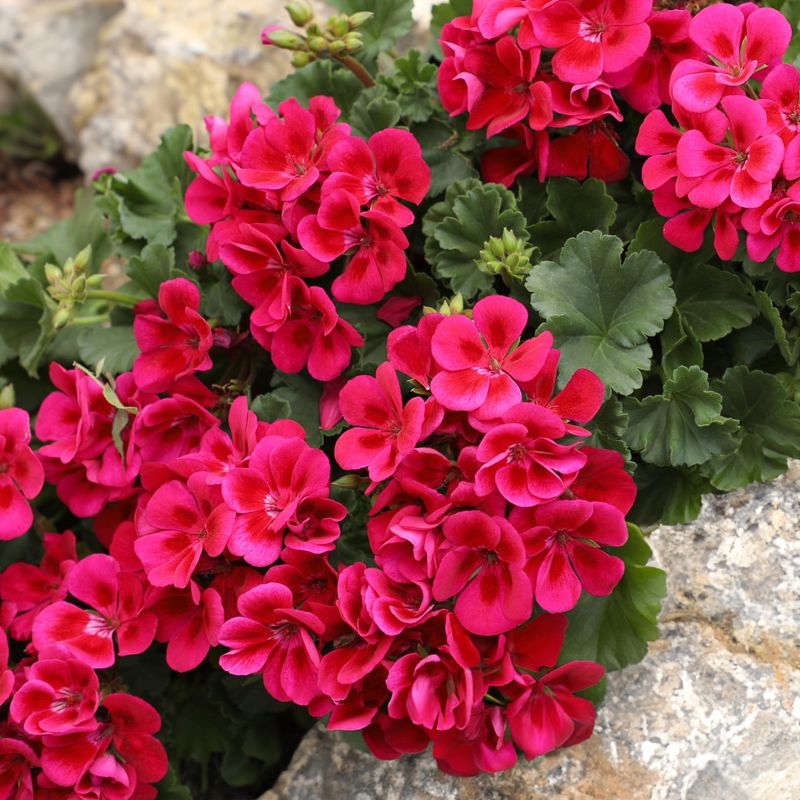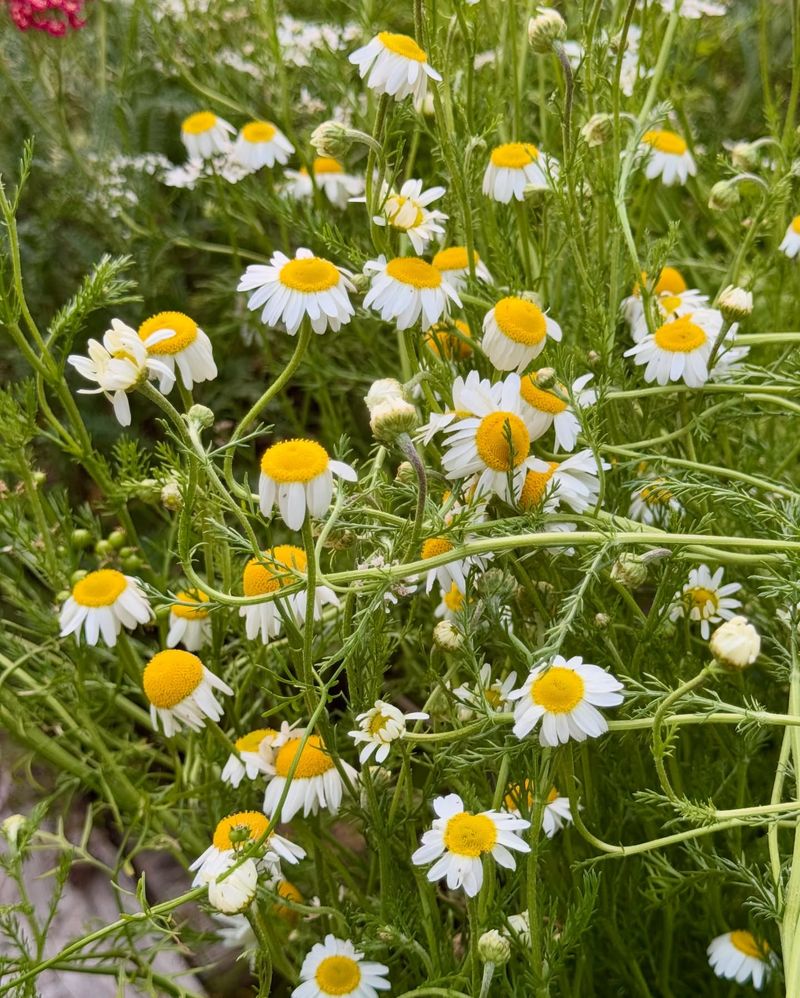Ticks give me the creeps, and I’d rather not drench my yard in chemicals just to keep them away. That’s why I started planting ground covers that do the job naturally.
They look gorgeous, smell amazing, and ticks absolutely hate them. It’s a win-win: a lush, low-maintenance garden that quietly keeps pests in check.
If you’re after beauty with a purpose, these plants know exactly what they’re doing.
1. Lavender
The sweet fragrance we adore actually works as a natural tick deterrent. Growing in sunny, well-drained spots, lavender creates a beautiful purple barrier against these unwanted pests.
Beyond its protective qualities, this Mediterranean herb attracts beneficial pollinators like bees and butterflies. Plant it along walkways or garden borders for maximum tick protection while enjoying its calming scent and stunning blooms.
2. Thyme
Hardy and aromatic, thyme spreads rapidly to form a dense mat that ticks absolutely hate. Its tiny leaves release a pungent scent when stepped on, creating an invisible shield against crawling pests.
Low-growing varieties like creeping thyme work perfectly between stepping stones or in rock gardens. The plant thrives in full sun and poor soil, making it ideal for those tricky garden spots where nothing else seems to grow.
3. Rosemary
A kitchen favorite that doubles as tick security! Rosemary’s needle-like leaves contain potent oils that mask the scents ticks use to find hosts. When brushed against, it releases its protective compounds into the air.
Growing up to 4 feet tall in warmer climates, rosemary can be trained as a low hedge or allowed to cascade over walls. The blue flowers attract beneficial insects while its woody scent creates an aromatic barrier around your outdoor living spaces.
4. Mint
Refreshing to us but overwhelming to ticks, mint contains high levels of menthol that confuse and repel these pests. Its vigorous growth habit means quick coverage for problem areas where ticks might lurk.
Consider planting mint in containers sunk into the ground to control its spreading tendencies. Peppermint and spearmint varieties offer the strongest tick-repelling properties while providing a bonus of fresh leaves for summer drinks and desserts.
5. Sage
Gray-green and gorgeously textured, sage contains compounds that naturally ward off ticks and other biting insects. Its velvety leaves create an attractive ground cover in sunny, dry areas of your landscape.
Sage comes in many varieties, including some with purple or variegated foliage for added visual interest. The plants bloom with purple-blue flowers that attract butterflies while maintaining their tick-repelling properties throughout the growing season.
6. Lemon Balm
Part of the mint family, lemon balm emits a bright citrus scent that masks the carbon dioxide ticks use to locate hosts. The cheerful green leaves brighten shady spots while providing natural pest protection.
Lemon balm grows quickly in partial shade and average soil. Its spreading habit makes it perfect for filling in areas beneath trees where ticks commonly wait for passing hosts, while its lemony fragrance freshens the air after summer rainstorms.
7. Catnip
Not just for feline friends! Research shows catnip contains nepetalactone, which repels ticks even more effectively than DEET. The soft green foliage forms attractive mounds that spread gradually throughout the garden.
White or lavender flower spikes appear in summer, attracting beneficial insects. Consider planting catnip around the perimeter of outdoor seating areas for a natural tick barrier – just be prepared for neighborhood cats to show their appreciation!
8. Marigolds
Bright and cheerful, marigolds contain pyrethrum, a compound used in many commercial insect repellents. Their distinctive scent masks the odors that attract ticks, while their vibrant blooms add color to your landscape.
French and signet varieties make excellent low-growing ground covers, reaching just 6-12 inches tall. Plant them around vegetable gardens and play areas for dual-purpose protection against ticks and other garden pests while enjoying their long-lasting golden flowers.
9. Garlic
The same sulfur compounds that give garlic its distinctive aroma act as powerful tick deterrents. When planted as a ground cover, garlic creates an invisible barrier that few pests will cross.
Ornamental varieties like society garlic offer attractive blue-purple flowers along with their protective qualities. Plant cloves in fall for spring growth, or look for perennial garlic chives that return year after year while maintaining their tick-repelling properties.
10. Chrysanthemums
Natural producers of pyrethrin, chrysanthemums are the source of many commercial insecticides. Low-growing varieties form a colorful carpet that actively repels ticks and other unwanted insects from your yard.
Fall-blooming mums provide late-season color while continuing their pest protection. Plant them along pathways or in areas where family and pets frequently gather. Their diverse color range means you can coordinate them with any landscape design while maintaining tick protection.
11. Wormwood
Silver-gray and feathery, wormwood contains powerful compounds that repel not just ticks but many other insect pests. Its distinctive appearance adds texture and contrast to garden designs while providing practical pest protection.
Drought-tolerant and deer-resistant, wormwood thrives in poor soil and full sun. The plant stays compact, rarely exceeding 2 feet in height, making it perfect for garden borders where it can form a protective barrier against ticks seeking to enter your yard.
12. Pennyroyal
A member of the mint family, pennyroyal produces one of the strongest natural tick repellents available. Its small round leaves form a dense mat that releases intense fragrance when brushed against or walked upon.
Pennyroyal thrives in partial shade and moist soil, making it perfect for woodland garden edges where tick populations often concentrate. The plant produces tiny purple flowers in summer that attract beneficial insects while maintaining its tick-repelling properties.
13. Rue
With blue-green foliage and yellow summer flowers, rue contains natural compounds that repel ticks and other biting insects. Its bitter scent creates an effective barrier while its attractive appearance enhances garden designs.
Rue grows in a compact mound up to 2 feet tall and wide. Plant it in full sun and well-drained soil, perhaps near garden entrances where its protective qualities can prevent ticks from hitching rides into your home on clothing or pets.
14. Geraniums
Certain scented geraniums, particularly the citronella variety, naturally repel ticks through their aromatic oils. Their pretty flowers and attractive foliage make them a dual-purpose addition to any landscape design.
Scented geraniums grow quickly in full sun to partial shade, forming mounds 1-2 feet tall. The lacy leaves release their protective fragrance when touched or brushed against, creating an invisible shield against ticks in garden beds and container plantings.
15. Chamomile
Known for its calming tea, chamomile also works as a natural tick deterrent. The feathery foliage and daisy-like flowers create a meadow-like ground cover that few ticks will venture across.
Roman chamomile forms a low-growing perennial mat ideal for filling spaces between stepping stones or replacing lawn areas. The plants release their apple-like scent when walked upon, providing both aromatherapy for humans and natural protection against ticks and other garden pests.

